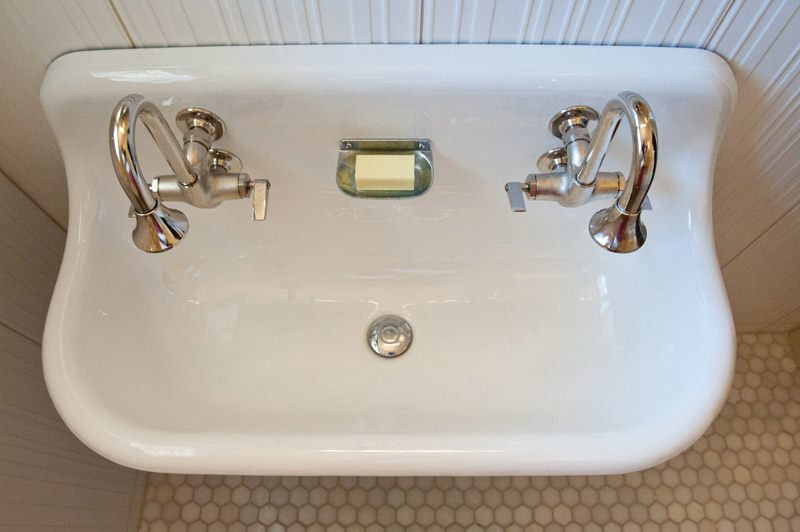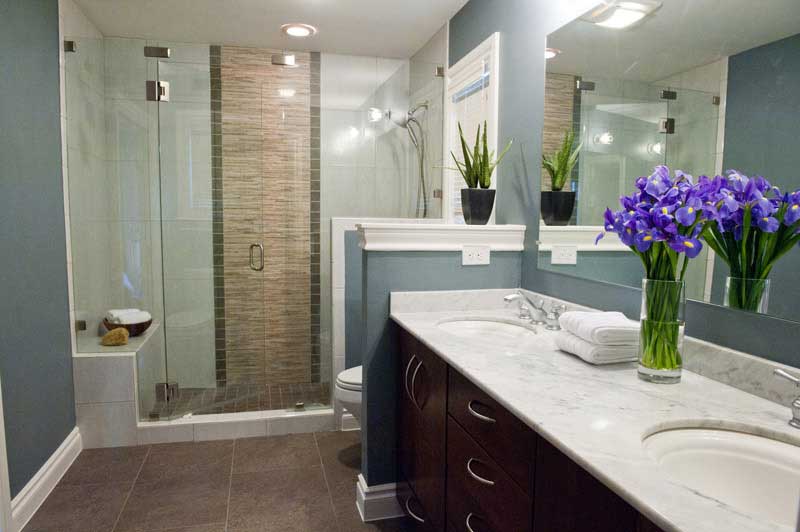Besides word-of-mouth referrals, the most important selling tool for any interior designer is your portfolio, and the imagery of your work can’t exist without gracious clients allowing you into their homes and businesses to photograph your work. However, there’s more to a photoshoot than getting pretty pictures — you have both your clients’ privacy and your intellectual property to consider. Here’s how to protect all parties and maintain a positive relationship with your clients throughout the photography process:
1. Get written photo clearance from clients (and photographers). In addition to your online portfolio, you may want to use these pictures in future books, blog posts, and shelter magazines, so it’s important to get ownership to the images in writing. You don’t want to hassle your clients for permission every time you want to publish your work, and photographers will typically limit the usage of the images they take, so you’ll want to make sure you’re purchasing unlimited publication rights. Getting everything spelled out in black and white up front will protect you from liability issues down the road. Not sure what legalese to include in these documents? Rocket Lawyer has release forms that you can create and print online for free, making it easy to cover your bases.
2. Don’t publish names and addresses without permission. Some clients will want all of the Interwebs to know, "That’s my house!" Others will want to keep their identities and location on the down low. There are a lot of concerns coming into play here — some that may seem trivial (I don’t want my friends to know I hired someone to decorate my house) and some that are pretty serious. Burglars and salespeople could target your clients based on the electronics and valuables pictured in your photos — you don’t want to be the one who led them to your client’s door with a Google map.
3. Don’t stress them out. Put your clients at ease by scheduling photoshoots for a time directly following their regularly scheduled cleaning service, or offer to provide these services at your expense. They’re already doing you a huge favor by letting you take over their house for a while — don’t make them feel like they have to sweat it out trying to make the house look perfect just so you can get your pics.

4. Respect their privacy. Do not — under any circumstances — pry into your clients’ medicine cabinets, rummage through their closets and dressers, or read bills and correspondence left lying around. This is sacred stuff, and it’s none of your business.
5. Be careful. Stains and scratches can be costly to repair and are distressing to everyone. Prevent damages to your customers’ property by keeping food and beverages in the kitchen. Don’t slide furniture on unprotected wood surfaces, and be mindful of stray cords and precarious lighting equipment — you don’t need anything to come crashing down on your clients’ brand-new Brazilian hardwoods.
6. Don’t overstay your welcome. Being courteous means getting in and out as quickly as possible, and obtaining everything you need in one shoot so you don’t impose on your clients any more than you have to.
7. Leave a thank you gift. Flowers or treats are a great way to show your appreciation. If you bring in floral arrangements or plants to style the space for your photoshoot, consider leaving them behind as a gift to your client.

8. Exploit or avoid "before" pics? Include "before" pics in your portfolio write-ups, and they’ll demonstrate your amazing powers of transformation to potential clients. Leave them out and some clients may be more inclined to share your images of their homes on social media. There are advantages to both actions — consider whether your business would benefit more from viral exposure through social media or if you need your organic audience to experience more of the "wow" factor of a before & after.
9. Protect track backs. No matter how excited you are about your portfolio pictures, resist the urge to share them with your friends or clients until you publish them on your website. Social media savvy people may be inclined to share your pics, so if you forward links as opposed to individual photos, you’ll have a better shot at making sure that everyone who sees the images can track back to your site, leading to additional referrals.
Following these rules is part of establishing valuable goodwill and trust between you and your clients, enabling you the ability to both promote your talents as an interior designer and ensure repeat business.
Bonus: Want to learn professional interior design skills? Enroll in the New York Institute of Art and Design's Interior Design Course today!







